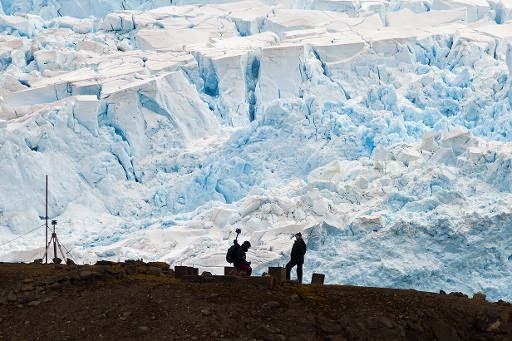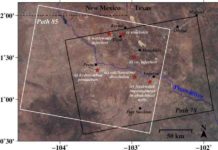
Polar scientists said Thursday they had successfully drilled a 2,000-year-old ice core in the heart of Antarctica in a bid to retrieve a frozen record of how the planet’s climate has evolved.
The Aurora Basin North project involves scientists from Australia, China, France, Denmark, Germany and the United States who hope it will also advance the search for the scientific “holy grail” of the million-year-old ice core.
The five-week expedition, in a hostile area that harbours some of the deepest ice in the frozen continent, over three kilometres (1.9-miles) thick, will give experts access to some of the most detailed records yet of past climate in the vast region.
About two tonnes of ice core sections drilled at Aurora Basin, 500 kilometres (310 miles) inland of Australia’s Casey station, is now being distributed to Australian and international ice core laboratories.
They will conduct an analysis of atmospheric gases, particles and other chemical elements that were trapped in snow as it fell and compacted to form ice.
Australian Antarctic Division glaciologist and project leader Mark Curran said it will help fill a gap in the science community’s knowledge of climate records.
“Using a variety of scientific tests on each core, we’ll be able to obtain information about the temperature under which the ice formed, storm events, solar and volcanic activity, sea ice extent, and the concentration of different atmospheric gases over time,” he said.
The team, working in temperatures of minus 30 Celsius, used a Danish Hans Tausen drill to extract the main 303-metre-long ice core, which will provide annual climate records for the past 2,000 years.
“There are only a handful of records with comparable resolution that extend to 2,000 years from the whole of Antarctica, and this is only the second one from this sector of East Antarctica,” added Curran.
Additionally two smaller drills were used to take out 116 and 103-metre cores spanning the past 800 to 1,000 years.
Data collected during the drill should help scientists locate a suitable site for a more ambitious expedition to collect a one million year-old ice core in the future.
“Such an ice core would help us understand what caused a dramatic shift in the frequency of ice ages about 800,000 years ago, and further understand the role of carbon dioxide in climate change,” said Curran.
Note : The above story is based on materials provided by © 2014 AFP










